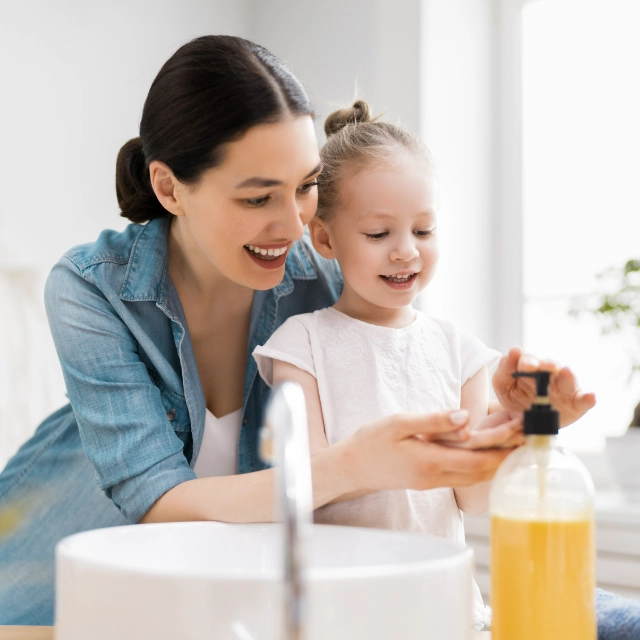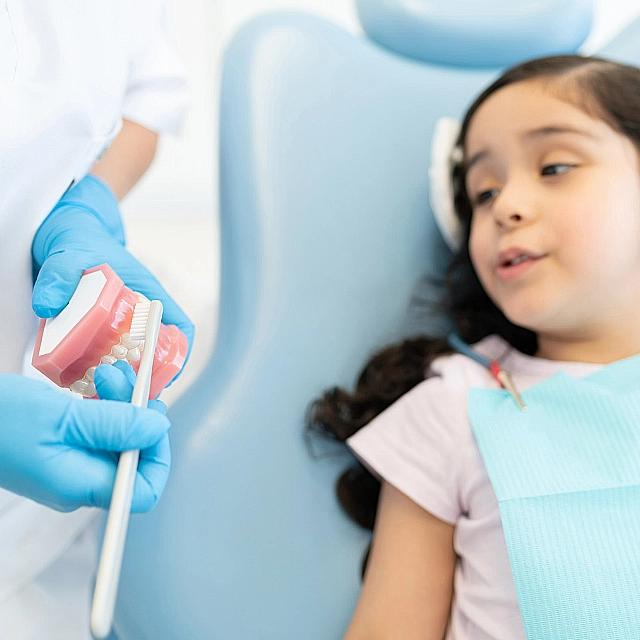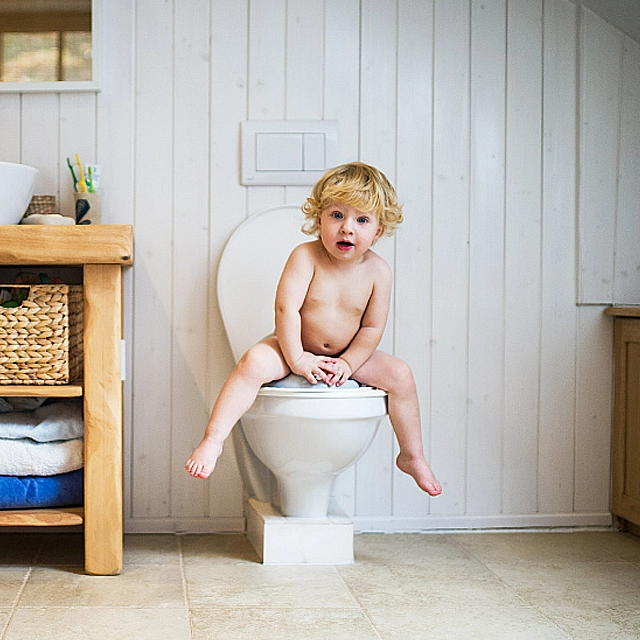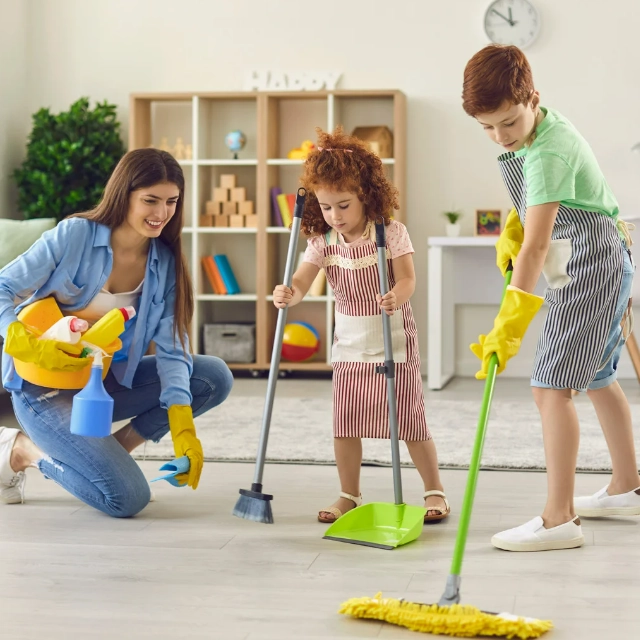“Teaching Personal Hygiene to Children: Tips and Tricks” is an informative article that explores various health topics related to children. From anxiety and exercise for children with asthma to dental care, mental health problems, and obesity, this comprehensive content covers a wide range of issues that parents and caregivers may encounter. Additionally, it offers valuable resources such as a symptom checker and a health service finder tool, ensuring that readers have access to essential information and support. With its practical tips and expert advice, this article aims to equip adults with the knowledge and tools necessary to promote personal hygiene and overall well-being in children.
Teaching Personal Hygiene to Children: Tips and Tricks
Personal hygiene plays a crucial role in maintaining a child’s overall health and well-being. It helps prevent illness and infections, promotes social and emotional well-being, and instills responsible habits. Teaching children about personal hygiene practices from a young age is essential in ensuring they develop lifelong habits that will benefit them throughout their lives. This article will provide comprehensive tips and tricks for teaching personal hygiene to children, covering various age-appropriate practices and routines.
Importance of Personal Hygiene for Children
Prevent Illness and Infections
Personal hygiene practices such as regular handwashing, bathing, and oral care help prevent the transmission of germs and reduce the risk of illnesses and infections. Teaching children about the importance of maintaining cleanliness can significantly impact their overall health and well-being.
Promote Overall Well-being
Good personal hygiene habits contribute to a child’s physical and mental well-being. By practicing proper hygiene, children can reduce the risk of skin problems, dental issues, and other health concerns. When children feel and look clean, they are more likely to have positive self-esteem and confidence.
Social and Emotional Benefits
Maintaining personal hygiene is not only important for physical health but also for social interactions. Teaching children about personal hygiene practices helps them understand the importance of cleanliness in social settings and fosters healthy relationships with peers and adults.
Develop Responsible Habits
Teaching children about personal hygiene instills a sense of responsibility and self-care. By learning to take care of their bodies, children develop lifelong habits that will serve them well into adulthood.

Age-Appropriate Personal Hygiene Practices
Personal hygiene practices should be tailored to a child’s age and developmental stage. Here are some age-appropriate practices for different age groups:
Early Childhood (Ages 2-5)
For young children, focus on basic habits such as handwashing, oral care, and bathing. Teach them the importance of washing their hands with soap and water before meals and after using the toilet. Encourage proper toothbrushing with a small, soft-bristled toothbrush and a pea-sized amount of fluoride toothpaste. Help them with daily baths to ensure thorough cleaning.
Middle Childhood (Ages 6-9)
As children grow older, they can take on more responsibilities in maintaining personal hygiene. Teach them proper handwashing techniques, including washing for at least 20 seconds with soap and water. Emphasize the importance of regular bathing and encourage them to develop a consistent routine. Teach them proper toothbrushing techniques and the importance of flossing.
Pre-adolescence (Ages 10-12)
Pre-adolescents can be taught more advanced personal hygiene practices. Reinforce the habit of regular handwashing, especially before and after meals and after using the bathroom. Encourage independent bathing and teach them about using mild and child-friendly products. Teach proper hair and scalp care, including shampooing and brushing techniques. Introduce nail care and encourage proper foot care.
Establishing a Hygiene Routine
Consistency is key when it comes to personal hygiene. Establishing a daily hygiene routine helps children develop good habits. Here are some tips for establishing a hygiene routine:
Consistency is Key
Set a consistent time for daily hygiene practices, such as toothbrushing and bathing. Consistency helps children understand the importance of regular hygiene habits and reinforces their responsibilities.
Creating a Daily Schedule
Create a visual schedule or checklist to help children remember their daily hygiene tasks. Display this in a prominent place, such as the bathroom or their bedroom. This visual reminder can help children stay on track with their hygiene routine.
Incorporating Fun and Play
Make hygiene routines enjoyable by incorporating fun and play. Use colorful and child-friendly hygiene products, play their favorite music during toothbrushing or bathing, and make it a positive experience. This can help increase their motivation and engagement in maintaining good hygiene habits.

Teaching Handwashing
Handwashing is a fundamental hygiene practice that helps prevent the spread of germs. Here are some key points to teach children about handwashing:
Proper Handwashing Technique
Teach children the proper handwashing technique: wet hands with water, apply soap, and lather for at least 20 seconds, making sure to scrub all surfaces, including the back of hands, between fingers, and under nails. Rinse hands thoroughly with water and dry them with a clean towel or air dry.
When to Wash Hands
Teach children the occasions when handwashing is necessary, such as before meals, after using the toilet, after coughing or sneezing, and after playing with pets. Emphasize the importance of washing hands especially during times of illness or when in contact with a sick person.
Using Soap and Hand Sanitizer
Explain to children the importance of using soap and water for thorough handwashing. If soap and water are not available, teach them to use hand sanitizer with at least 60% alcohol content. Remind them that hand sanitizer is a temporary solution and is not a substitute for proper handwashing.
Making Handwashing Fun
To make handwashing enjoyable for children, encourage them to sing a favorite song or nursery rhyme while washing their hands. Using colorful and fragrant soaps can also make the experience more enjoyable.
Brushing and Flossing Teeth
Proper oral care is essential for dental health. Here are some tips for teaching children about brushing and flossing their teeth:
Choosing the Right Toothbrush and Toothpaste
Select a toothbrush that suits the child’s age and size. Use a small, soft-bristled toothbrush with a child-sized handle. Choose a fluoride toothpaste with a pleasing flavor for children. Teach them to use only a small amount of toothpaste, about the size of a pea.
Teaching Proper Brushing Technique
Show children how to brush their teeth using gentle, circular motions. Teach them to brush all surfaces of their teeth, including the front, back, and chewing surfaces. Encourage them to brush for at least two minutes, twice a day.

Importance of Flossing
Introduce the concept of flossing to children as soon as they have teeth that touch each other. Demonstrate how to use dental floss or interdental brushes and teach them to clean between their teeth at least once a day. Emphasize the importance of flossing in removing plaque and preventing cavities.
Regular Dental Check-ups
Teach children the importance of regular dental check-ups. Encourage them to visit the dentist every six months for cleanings and check-ups. Explain that dental visits help prevent dental issues and ensure their teeth and gums stay healthy.
Bathing and Showering
Maintaining cleanliness through regular bathing or showering is an important personal hygiene practice. Here are some considerations for teaching children about bathing and showering:

Frequency of Bathing
Discuss with children the recommended frequency of bathing. Typically, bathing every day or every other day is sufficient. However, some factors, such as physical activity and climate, may require more frequent bathing. Encourage them to listen to their bodies and maintain cleanliness accordingly.
Choosing Mild and Child-Friendly Products
Teach children about choosing mild and child-friendly products for bathing. Avoid harsh soaps or products with strong fragrances that may irritate their skin. Choose products specifically formulated for children’s delicate skin.
Teaching Proper Washing Techniques
Demonstrate proper washing techniques, such as lathering up with soap or body wash and using a washcloth or loofah to clean all areas of the body. Emphasize the importance of thorough rinsing to remove all traces of soap.
Promoting Independence
As children grow older, encourage them to take more responsibility for their bathing routine. Provide guidance and support, but gradually allow them to take the lead in washing their bodies, shampooing their hair, and managing their personal hygiene independently.
Caring for Hair and Scalp
Proper hair and scalp care is essential for maintaining cleanliness and overall hair health. Here are some tips for teaching children about caring for their hair and scalp:
Choosing Suitable Hair Products
Teach children the importance of using suitable hair products. Choose shampoos and conditioners specifically formulated for children’s hair. Avoid products that contain harsh chemicals or sulfates that can strip the hair’s natural oils.
Teaching Hair Washing and Brushing
Demonstrate proper hair washing techniques, including wetting the hair, applying a small amount of shampoo, and gently massaging the scalp. Show them how to rinse thoroughly to remove all shampoo. Teach them to brush their hair gently using a wide-toothed comb or a brush with soft bristles to prevent hair breakage.

Preventing and Treating Head Lice
Educate children about the prevention and treatment of head lice. Teach them about the importance of not sharing combs, brushes, or hats with others. Inform them about regular head checks and the proper use of lice treatments, if needed.
Avoiding Excessive Heat and Chemicals
Advise children to avoid excessive heat from hairdryers, straighteners, or curling irons, as it can damage their hair. Encourage them to minimize the use of styling products containing harmful chemicals, such as hair sprays or gels.
Nail Care
Proper nail care is important for maintaining cleanliness and preventing infections. Here are some tips for teaching children about nail care:
Trimming and Filing Nails
Show children how to trim their nails using child-safe nail clippers. Teach them to cut straight across and avoid cutting too close to the skin to prevent ingrown nails. Teach them to use a nail file to smooth and shape their nails.
Encouraging Nail Cleanliness
Teach children the importance of keeping their nails clean. Show them how to wash their hands thoroughly, including cleaning the area around and under their nails. Encourage them to use a nail brush or toothbrush to remove dirt and bacteria.
Preventing Nail Biting
Explain the negative effects of nail biting and teach children strategies to avoid this habit. Encourage them to keep their nails short and filed to reduce the temptation to bite. Help them identify alternative behaviors, such as using a stress ball or fidget toy, to divert their attention away from nail biting.
Ensuring Proper Foot Care
Teach children the importance of foot care, including regular washing and drying of their feet. Encourage them to wear clean socks and well-fitting shoes to prevent foot odor and infections. Show them how to trim their toenails straight across and not too short to prevent ingrown toenails.
Teaching Good Toilet Habits
Instilling good toilet habits is an essential aspect of personal hygiene for children. Here are some tips for teaching children proper toilet habits:

Establishing the Basics
Teach children the basic concepts of using the toilet, such as sitting properly, wiping correctly, and flushing after use. Show them how to use toilet paper and emphasize the importance of thorough cleaning.
Teaching Proper Handwashing
Reinforce the importance of handwashing after using the toilet. Teach children to wash their hands with soap and water for at least 20 seconds, ensuring they clean all surfaces of their hands.
Promoting Privacy and Independence
Encourage children to develop a sense of privacy and independence when using the toilet. Teach them to close the door and wash their hands independently. Instilling these habits promotes their autonomy and self-care skills.
Addressing Accidents and Bedwetting
Acknowledge that accidents can happen, especially during toilet training or at night with bedwetting. Be understanding and supportive, encouraging children to communicate their needs and helping them clean up and change their clothes when accidents occur.
Educating about Puberty and Menstruation
As children approach puberty, it is important to educate them about the physical changes they will experience and the importance of maintaining personal hygiene during this time. Here are some tips for educating children about puberty and menstruation:
Age-Appropriate Puberty Education
Provide age-appropriate information about puberty to children, gradually introducing the topic as they show signs of entering this stage of development. Tailor the information to their level of understanding and answer any questions they may have with honesty and sensitivity.
Explaining Physical Changes
Discuss the physical changes that occur during puberty, such as the growth of body hair, the development of breasts, and changes in body odor. Teach children the importance of maintaining cleanliness during these changes and provide guidance on how to manage them.
Discussing Menstruation and Hygiene Products
When girls reach the age of menstruation, explain the menstrual cycle and the use of hygiene products, such as pads or tampons. Teach them proper menstrual hygiene practices, such as changing sanitary products regularly, washing their hands before and after changing, and disposing of used products properly.

Addressing Emotional and Social Aspects
Acknowledge that puberty can bring about emotional and social changes as well. Encourage open communication and provide support as children navigate these changes. Emphasize the importance of maintaining personal hygiene for their physical and emotional well-being during this time.
In conclusion, teaching personal hygiene to children is essential for their overall health and well-being. By instilling good habits from a young age and tailoring practices to their specific age and developmental stage, parents and caregivers can promote responsible hygiene practices that will benefit children throughout their lives. Through consistent routines, proper handwashing, oral care, bathing, hair and scalp care, nail care, toilet habits, and education about puberty and menstruation, children can develop lifelong habits that will contribute to their physical health, social interactions, and emotional well-being. By investing time and effort in teaching personal hygiene, parents and caregivers are setting children up for a lifetime of good health and self-care.
